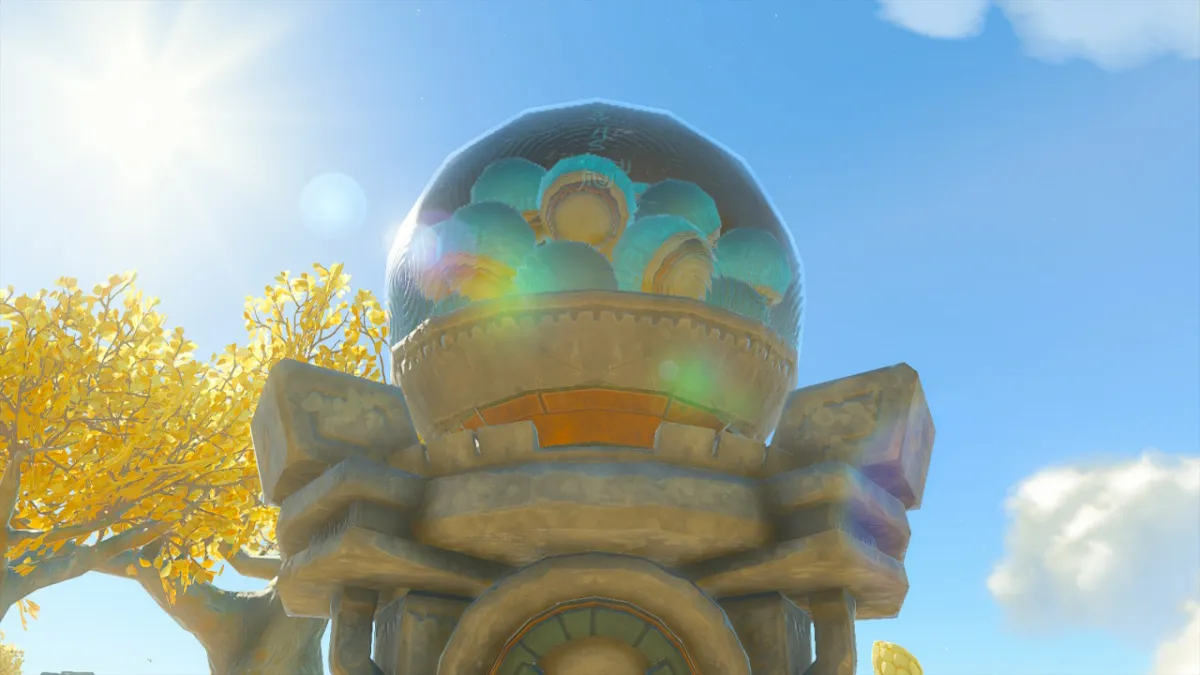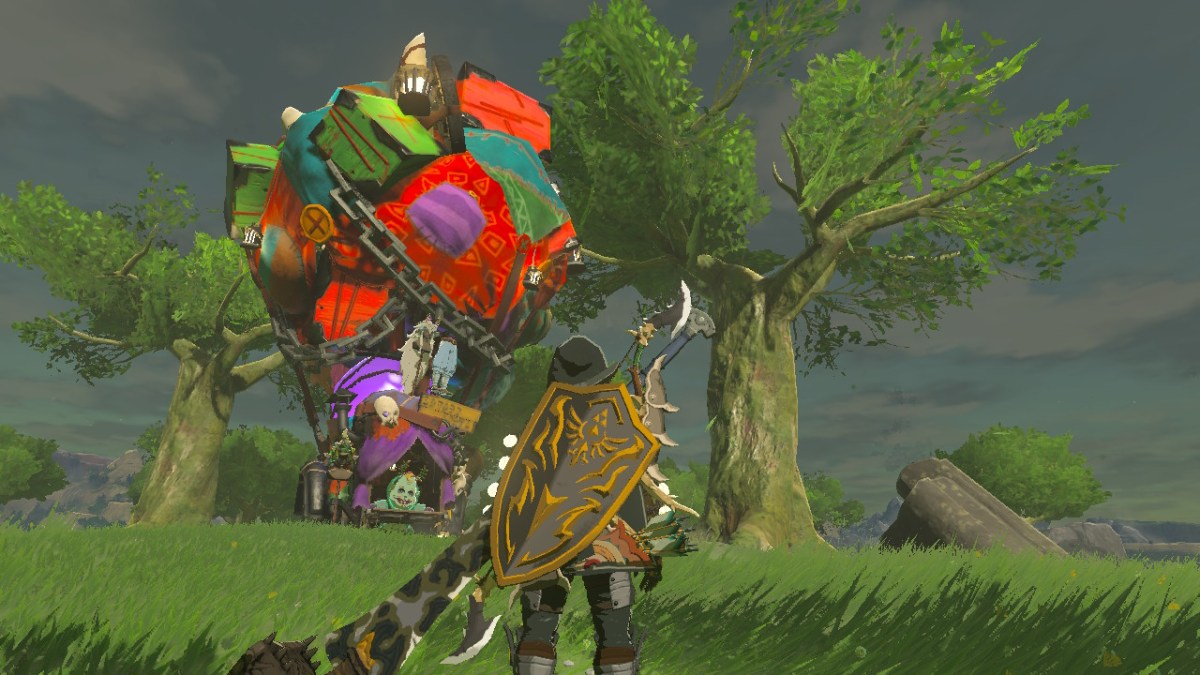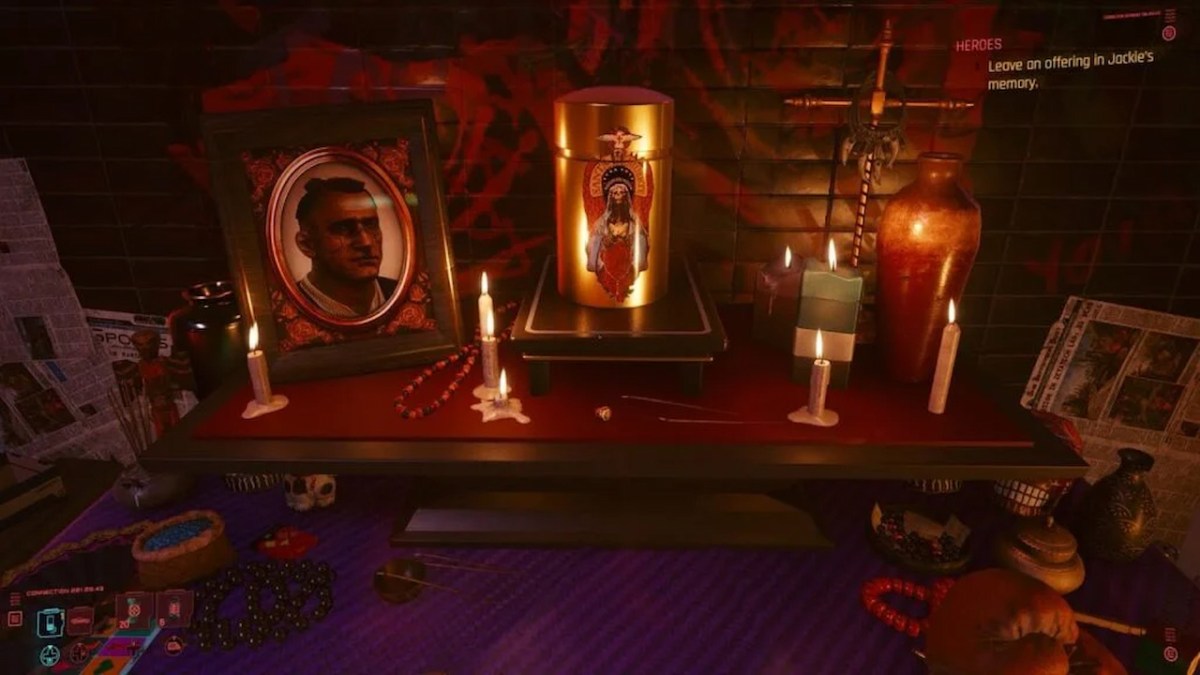The Wizard class specializes in the individual schools of magic in Baldur’s Gate 3. Considering there are eight subclasses for this particular class, there’s much to learn to master it. In this guide, we will discuss the progression of the Wizard class in Baldur’s Gate 3 from level 1 to 12 and review all skills, abilities, and level rewards.
All Wizard Level Up Rewards in Baldur’s Gate 3
As you read through this guide, you will gather a better understanding of each subclass for the Wizard, along with the class features, actions, and more. Out of all the Baldur’s Gate 3 classes, the Wizard’s playstyle can change the most depending on your subclass. This is because you activate a subclass feature at levels 6 and 10. Without further ado, here is everything you need to know for the Wizard.
- Level 1 – Arcane Recovery (Action)
- Level 2 – Select a Subclass
- Level 4 – Choose a Feat
- Level 6 – Subclass Feature
- Level 8 – Choose a Feat
- Level 10 – Subclass Feature
- Level 12 – Choose a Feat
Level 1
When the Wizard starts at level 1, players will be rewarded with the Arcane Recovery Action. Arcane Recovery replenish spell slots while out of combat. The downfall is that you can’t restore spell splots above the 5th level.
Level 2
At level 2, Wizard players must choose one of the eight available subclasses. Below you will find all eight subclasses, a brief description, and the level progression for each.
Abjuration
The Abjuration subclass can use spells to summon wards and destroy opponents in their wake. This class is excellent for those who wish to defend themselves and their allies.
- Level 2 – Abjuration Savant (Subclass Feature), Arcane Ward (Subclass Feature)
- Level 6 – Projected Ward (Subclass Feature)
- Level 10 – Improved Abjuration (Subclass Feature)
Conjuration
The Conjuration subclass for Wizard focuses on summoning creatures and objects and displacing them in space. This subclass is excellent for those who want to throw forth creatures.
- Level 2 – Conjuration Savant (Subclass Feature), Minor Conjuration: Create Water (Action)
- Level 6 – Benign Transposition: Teleport (Action)
- Level 10 – Focused Conjuration (Subclass Feature)
Divination
The Divination subclass is one of the best in the game, allowing players to peek into the future and use their spells to counter. This is great for players looking for a playstyle that gathers information on possible outcomes and acts accordingly.
- Level 2 – Divination Savant (Subclass Feature), Portent (Subclass Feature)
- Level 6 – Expert Divination (Subclass Feature)
- Level 10 – Third Eye: Darkvision (Action), Third Eye: See Invisibility (Action)
Evocation
The Evocation subclass focuses on turning elemental energy into powerful attacks and enchantments. This is the subclass for you if you’re going for a Wizard who creates powerful spells and explosions.
- Level 2 – Evocation Savant (Subclass Feature), Sculpt Spells (Subclass Feature)
- Level 6 – Potent Cantrip (Subclass Feature)
- Level 10 – Empowered Evocation (Subclass Feature)
Enchantment
The Enchantment subclass focuses on influencing and charming those around you. This can be useful for players looking to enchant violent creatures and calm down hostile NPCs.
- Level 2 – Enchantment Savant (Subclass Feature), Hypnotic Gaze (Action)
- Level 6 – Instinctive Charm (Subclass Feature)
- Level 10 – Split Enchantment (Subclass Feature)
Necromancy
The Necromancy subclass deals with death and controlling the undead within the game. Necromancy players can use the energy provided to deal damage and heal allies.
- Level 2 – Necromancy Savant (Subclass Feature, Grim Harvest (Subclass Feature)
- Level 6 – Animate Dead (Spell), Undead Thralls: Additional Undead (Subclass Feature), Undead Thralls: Better Summons (Subclass Feature)
- Level 10 – Inured to Undeath (Subclass Feature)
Illusion
If you choose the Illusion subclass for the Wizard, you will get rewarded with abilities that revolve around tricks. The Illusion subclass can also weaken enemy attacks, confuse opponents, and make creatures vanish.
- Level 2 – Illusion Savant (Subclass Feature), Improved Minor Illusion (Cantrip, Bonus Action)
- Level 6 – See Invisibility (Action)
- Level 10 – Illusory Self (Subclass Feature)
Transmutation
The Transmutation subclass specializes in altering physical properties and beings. For example, turning objects into items and transforming enemies, yourself, and allies. If you’re looking for a unique playthrough, the Transmutation subclass could be for you.
- Level 2 – Transmutation Savant (Subclass Feature), Experimental Alchemy (Subclass Feature)
- Level 6 – Transmuter’s Stone (Action)
- Level 10 – Shapechanger (Action)
Level 4
Related: Baldur’s Gate 3 Sorcerer 1-12 Progression: All Skills, Abilities, and Level Up Rewards
At level 4, Wizards can pick a Feat from a whole list. Players should select the Resilient Feat, as this is the best one at this point in the game. Resilient will increase the chosen ability score by 1, to a maximum of 20. Also, you gain proficiency in saving throws using the chosen ability.
Level 6
At Wizard level 6, players will be rewarded with a subclass feature depending on which subclass they chose at level 2.
Level 8
Players must choose another Feat at level 8 Wizard. The best Feat to choose at level 8 would be Ability Improvement (Intelligence). This Feat grants +2 Ability Points to spend anywhere you see fit between Strength, Dexterity, Constitution, Intelligence, Charisma, or Wisdom.
Level 10
At Wizard level 10, players will be rewarded with a subclass feature depending on which subclass they chose at level 2.
Level 12
Finally, the level 12 Wizard rewards players with another Feat to choose. Players would be best off choosing Ability Improvement (Intelligence) as a Feat on the final level. This will allow you to allocate two ability points to Strenght, Dexterity, Constitution, Intelligence, Charisma, or Wisdom.












Published: Aug 20, 2023 02:31 pm